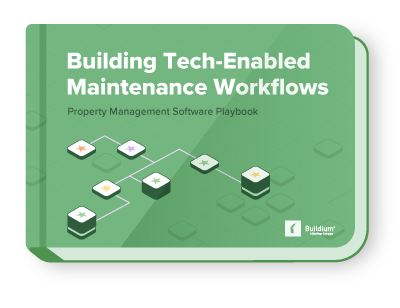Why are association rental restrictions such a hot button issue? Frankly, it’s because owners and community associations both have a lot at stake—and their interests are in direct opposition to one another.
Why do associations restrict rentals? If a community’s percentage of owner-occupied homes gets too high, their insurance rates may spike, and future residents may have trouble getting loans. Many also fear that renters have less of an incentive to take care of the home than owners would.
On the other hand, circumstances do arise where homeowners have no choice but to rent out their homes—and allowing renters is preferable to homes being foreclosed upon. It may also be harder to sell homes in the community if renting is off the table.
Here’s our advice for working with association boards to strike a rental restrictions agreement that works for everyone.
#1: Choose a Rental Cap
Rather than prohibiting rentals outright, explain to homeowners why the association needs to set a limit on the number of homes being rented out. In addition, it might help to involve them in the process of choosing where the cap should be based on current owner occupancy guidelines from lenders like Fannie Mae and the FHA.
#2: Set Time Limits
Require all homes to be owner-occupied for a set amount of time before they can be rented—for example, two years. All new owners should be notified of the association rental restrictions during the purchasing process to avoid any issues down the road.
#3: Leave Room for Exceptions
Though exceptions should be very rare, some states require that associations bend the rules for “hardships,” which might include homeowners who are deployed by the military or required to move for work. Knowing who your current and prospective residents are is imperative to understanding which exceptions make the most sense.
#4: Let Owners Take Charge
Owners should retain the ability to choose renters and enforce most rules. The homeowner should provide the board with the renter’s lease and contact information. The landlord has to provide renters with your CC&Rs, and specify to all involved parties who will be responsible for fulfilling any obligations—for example, paying fees and mowing the lawn.
#5: Welcome Renters into the Community
Treat renters as potential homeowners—they just might become the most dedicated members of your community when they’re ready to buy a house.
#6: Include a Grandfather Clause
If you do decide to ban rentals, include a grandfather clause for current owners. Some homeowners may rely on rental income to survive. Requiring them to eject renters on short notice could result in foreclosures or vacant properties—which means that no dues are being collected, and the value of nearby homes could be lessened.
#7: Consider Sunsetting Rentals
Consider “sunsetting” rentals rather than banning them immediately. Set a reasonable deadline (such as two years) by which all homes need to be owner-occupied.
It often seems as though controversy is inevitable whenever community associations limit the ways in which owners can utilize their homes. However, by setting and enforcing rules in a transparent and fair way, association boards increase the likelihood that homeowners will understand that association rental restrictions are in their best interest to keep property values moving up and to the right—while being realistic about the nuances of the market.
Read more on Associations

